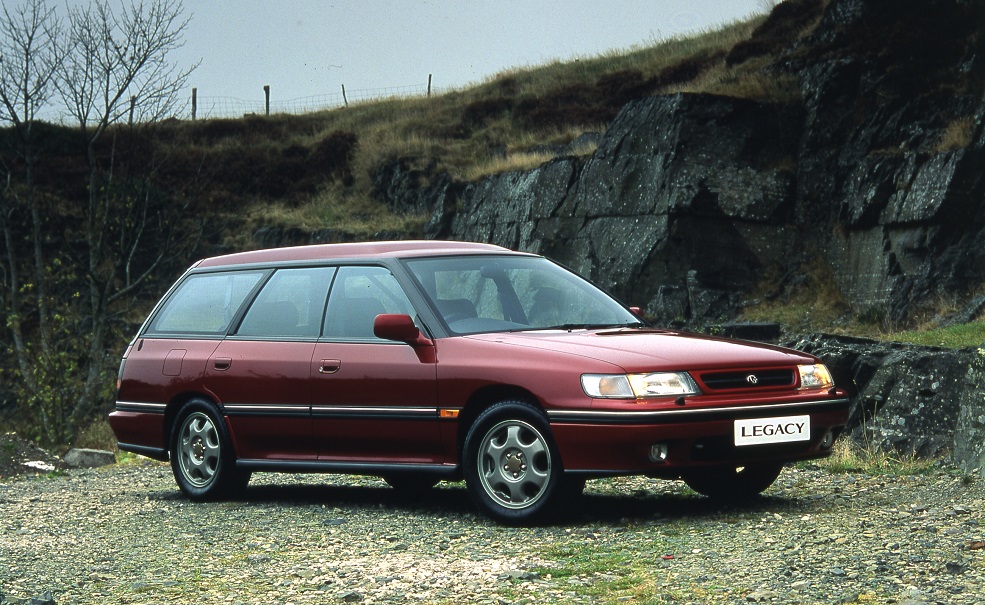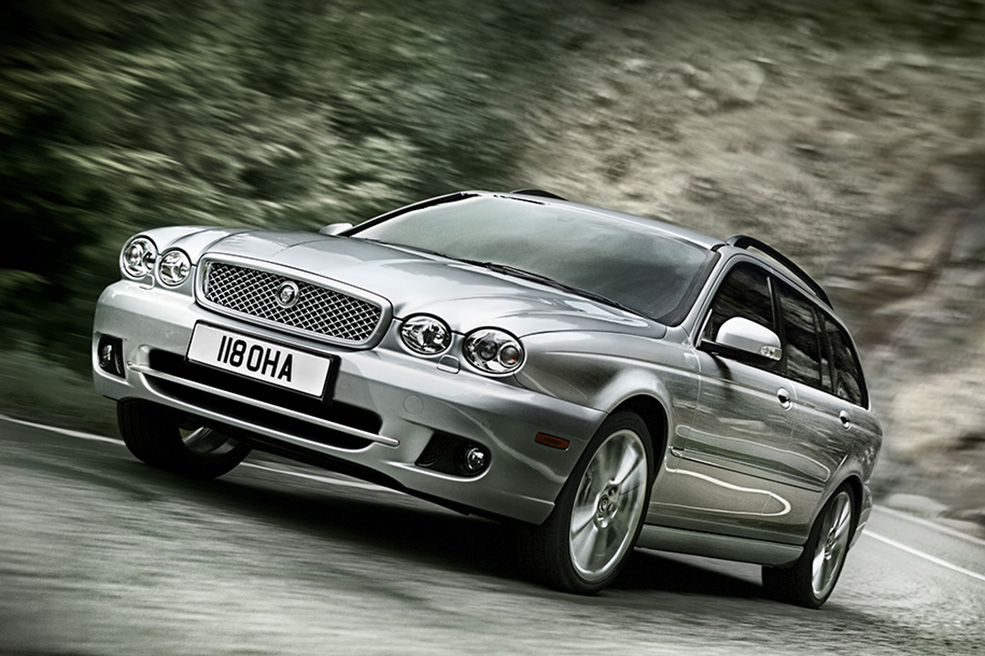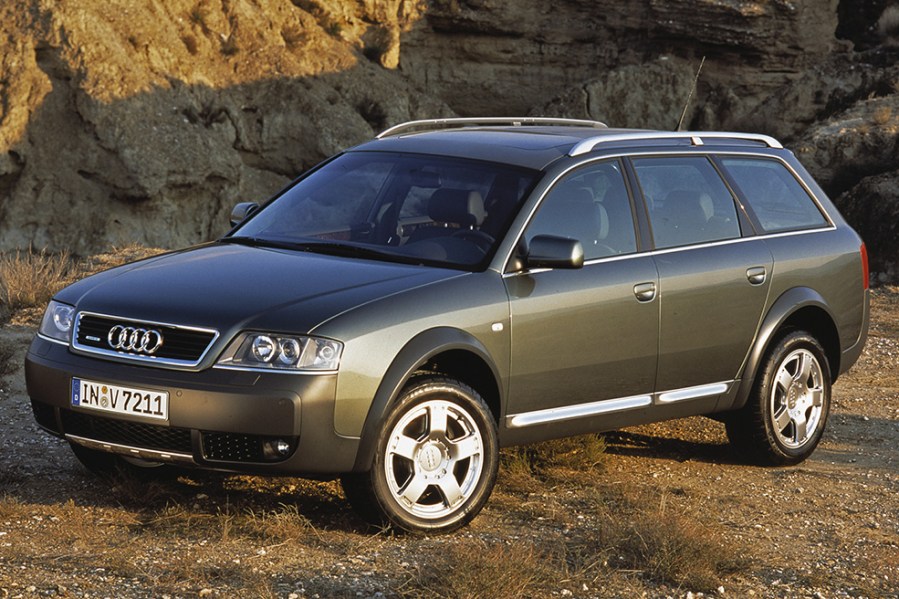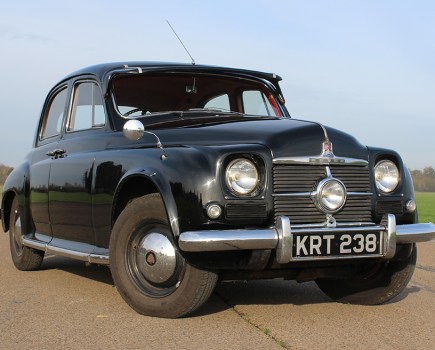Four-wheel-drive estates show that you don’t always need an SUV when the going gets tough. Here are our favourites examples of the breed
The four-wheel-drive estate is a dying breed these days thanks to the market domination of SUVs over the last couple of decades, but there’s plenty of evidence to suggest that the recipe of a large boot, four driven wheels and perhaps a modest ride-height increase is perfect for daily use.
We’ve collated some of our favourite four-wheel-drive estates below, ranging from pioneering rally-bred classics to more modern trend-setters. Some of these are available at pretty low prices today, making them a real budget alternative to the usual SUV-shaped default options.
Audi 200 Avant Turbo Quattro
The precursor to the A6, the Audi 100 was a mid-sized saloon that had a place in the German marque’s range from 1968 until 1991, with the 200 essentially a better-equipped version of the same car. It’s the third-generation car we’re most interested in here as that’s when the 100 Avant arrived in its fully fledged estate-car guise, later available in top-spec 200 Avant Quattro Turbo guise.
Combining Audi’s famous 2.1-litre five-cylinder engine and soon-to-be ubiquitous four-wheel-drive system, the 200 Quattro set the tone for Audi’s approach to practical, fast and utterly capable estate cars. Sadly, while front-drive examples of the 100 and 200 are more common, the Avant Quattro Turbo is an extremely rare sight on UK roads: just four examples are registered at time of writing.
If you manage to track one down and take the plunge, please do let us know!
Subaru Legacy
The Subaru Legacy of 1989 was a big leap for the relatively small manufacturer: a much-needed modern model to replace the aging L-series. It got off to a slow start but by the second generation in 1995 the Legacy had proved itself a capable, pleasant car, and one that a certain Colin McCrae had piloted to success in his first two years in world rallying.
Naturally then, it’s the rally-bred saloon in turbocharged form that’s most desirable today, but similarly equipped four-wheel-drive estates are keeping up the chase: in fact, a well-maintained early legacy is hard to find nowadays, so prices remain boyant.
Retro appreciation of the range as a whole is building, bringing all early Legacy models into a serious price bracket that outstrips some other more prestigious models on this list. Prices of its successor, particularly the twin-turbocharged models like the GT-B are stronger still, hinting at the potential for some of these rarer, earlier cars.

Volvo V70XC
The new generation of front-wheel-drive Volvos came in with the 850 in 1992, and in 1996 a special all-wheel-drive version was added almost as a market test. In 1998, with the big facelift to the S70 and V70 range, there was a new car based on the AWD model that added plastic bumpers and a raised ride height. It would quickly become Volvo’s best-selling model, particularly in the US where it outsold the rest of the range put together.
It didn’t sell in huge numbers here but well enough. Today, many have finally succumbed to the abuse that so many throw at Volvo estates and so finding a tidy one can be very difficult. The second-generation car is far more common, and even most of these will have racked up serious miles. Still, that’s not always an issue on a Volvo – just make sure you find a well-maintained example.
With a cult following for today’s V90 Cross Country and the undoubted success of the XC brand, classic appreciation of the original is inevitable.
Jaguar X-Type Estate AWD
The Jaguar X-Type was the firm’s crack at the burgeoning compact executive market in the early-to-mid 2000s. It shared much of its mechanical underpinnings with the Ford Mondeo – an excellent place to start when when creating a small saloon.
Perhaps strangely for Jaguar – and in an effort to take the fight to Audi – the X-Type was launched with four-wheel drive as standard. Power came from a 2.5 or 3.0-litre V6; the former a Ford-based unit, the latter shared with the larger S-Type.
While front-wheel-drive and diesel models followed, it is the four-wheel-drive V6 cars that sit best as SUV alternatives today – especially in estate form. The estate was launched in 2004 and is a sought-after model today, offering classic British looks alongside the sort of bad-weather ability that makes four-wheel-drive estates so appealing.

Audi Allroad
Quattro still had sales impact when Audi introduced the Allroad in 1999, a complex go-anywhere version of its then-new A6, the successor to the 100 and 200 featured elsewhere in this article. It seemed like the ultimate evolution of the brand’s technological journey, centred largely around the all-wheel-drive system which had won the brand so much recognition. It was a vastly expensive vehicle for its time, joining the ranks of the A8 and RS6 as Audi’s first proper attack of the top of its rivals’ ranges.
It sold strongly and, despite the model generally roaming the £500-1000 region in the classifieds for a good few years, prices are strengthening. The thirsty and unreliable 2.7 turbocharged petrol models tend to be out of favour versus the more common diesels, and the rare manual gearbox versions with low range can sometimes justify a small premium.
We won’t be suprised if the Allroad – a car that can claim to have kick-started the rough-and-tumble four-wheel-drive estate car trend in the 2000s – will someday follow in the footsteps of other four-ringed classics from the German brand.






